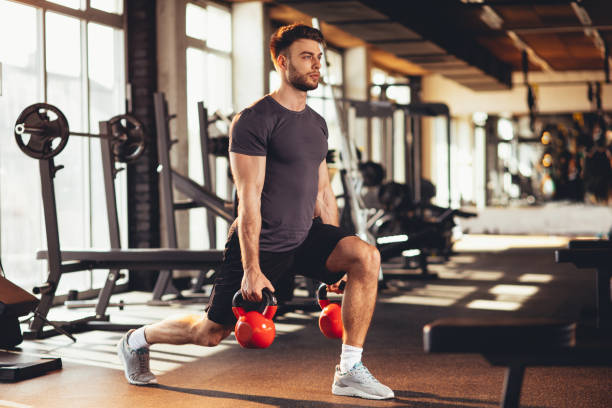For most people who go to gyms such as Newtown Athletic Club, the focus is often calorie burning. The idea is that creating a caloric deficit leads to shedding unwanted pounds.
But while many of us do cardio exercises to burn more calories, very few realize the importance of weight lifting in helping us achieve our ideal weight.
Aerobic vs. Anaerobic
During aerobic exercise, the body receives sufficient oxygen to sustain the activity for an extended period. With anaerobic exercises like weightlifting, however, the body can’t supply the muscles with enough oxygen quickly, so it can’t be done over a long period.
So, strength training is not highly aerobic.
This fact leads many to think it doesn’t help burn fat.
But there are actually quite a few ways weightlifting can get the job done – and more efficiently at that.
Although anaerobic exercise may be short-lived, its calorie-burning effects continue even after the workout. That’s because the body needs to restore energy used as well as repair damaged muscles. Both processes require aerobic energy for at least a few hours.
In other words, your body will continue to burn calories and fat for an extended period after the workout.
Additional Benefits of Strength Training
The most effective workout routine incorporates both aerobic and anaerobic exercises. However, lifting weights offers additional benefits.
Among the added benefits of weightlifting is the adaptation of the muscles, which grow in size and increase force production or strength. This muscle growth leads to another positive outcome—a boost in metabolism.
Each pound of muscle requires six to ten calories per day to maintain itself. Therefore, regular weightlifting can increase a person’s metabolism and the number of calories they burn.
Which Exercises Burn the Most Calories?
The weightlifting exercises that engage multiple muscles are the ones that contribute the most to muscle growth. Snyder suggests starting with these five moves without added weights, using only your body weight as resistance. As you progress, gradually introduce weights for even greater gains:
- Squats
- Lunges
- Deadlifts
- Pull-ups
- Push-ups
Learning the correct technique for squats, lunges, and deadlifts is crucial to reap their benefits fully.
Here’s how to properly do a deadlift:
